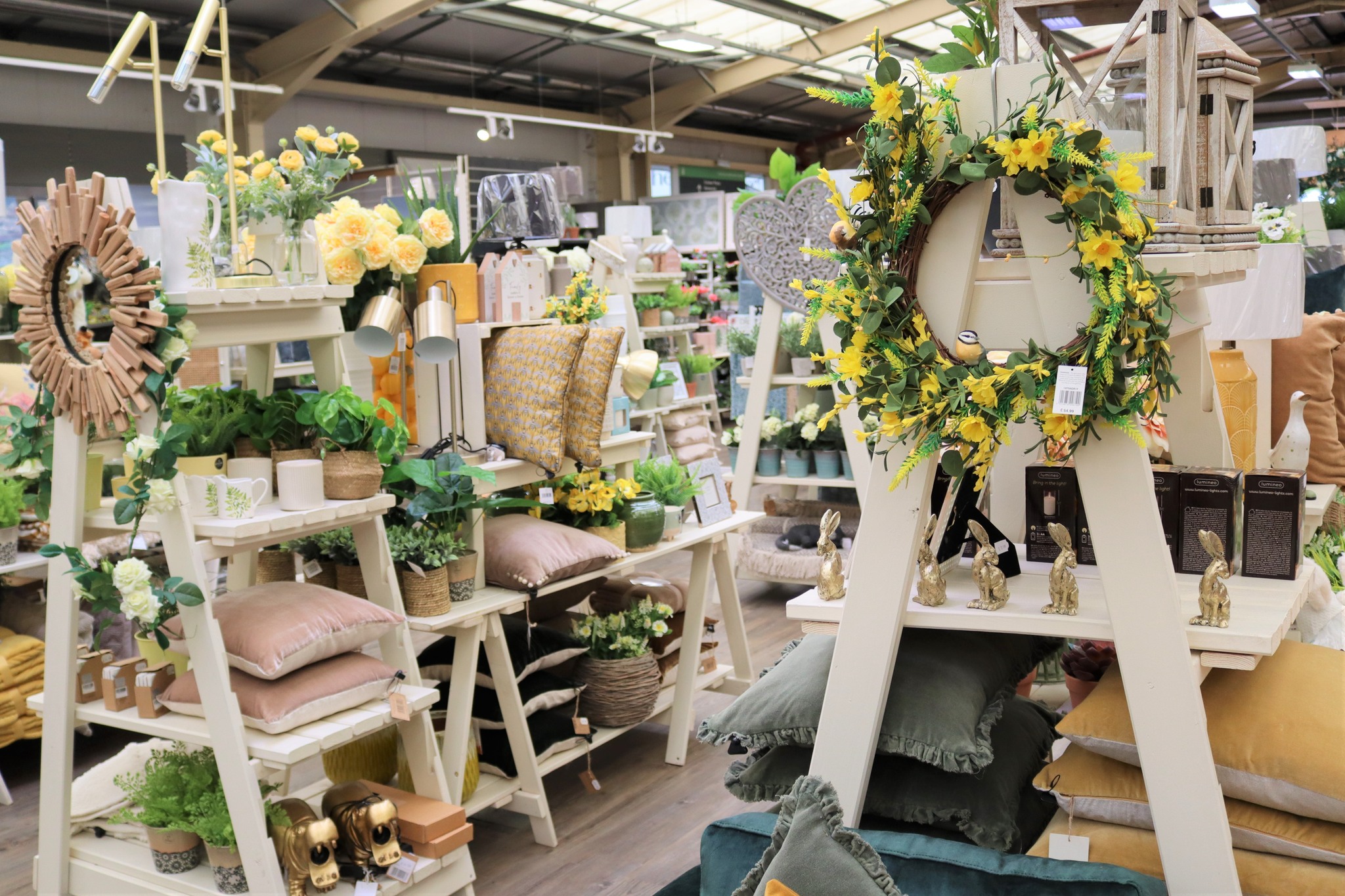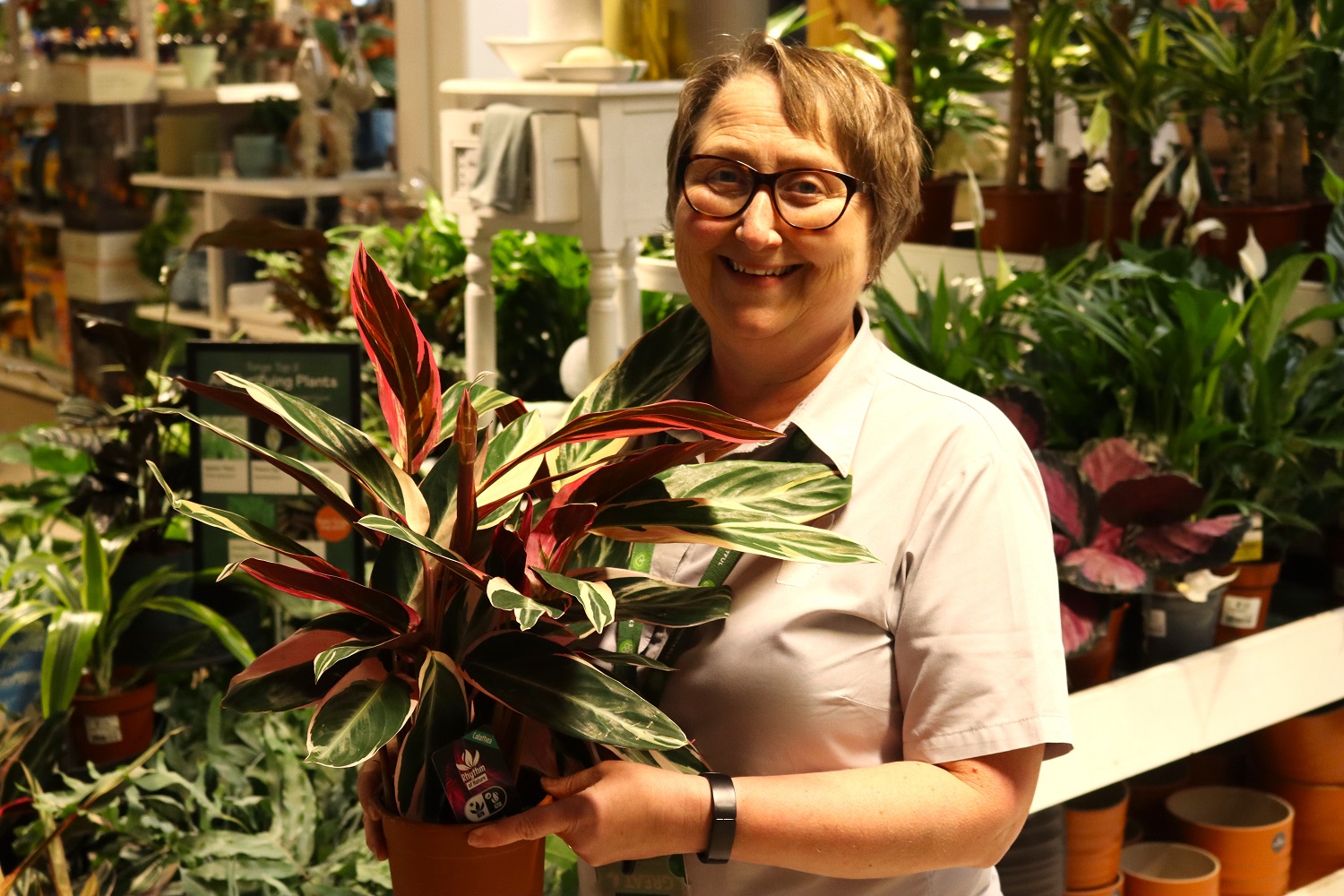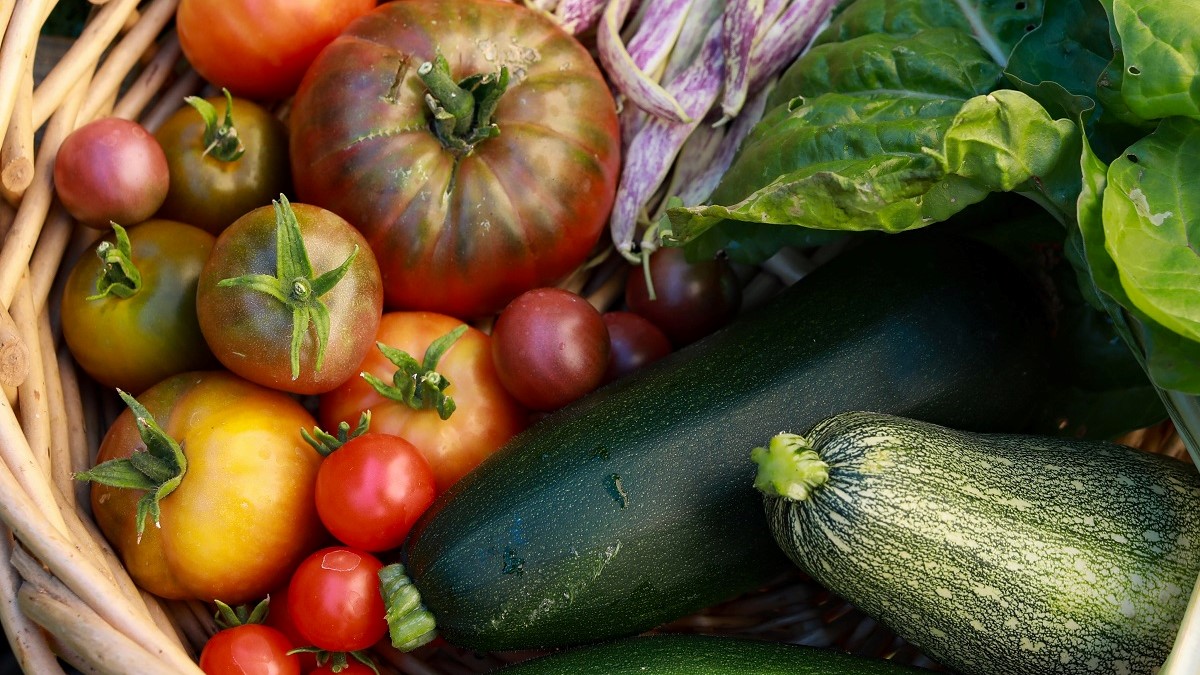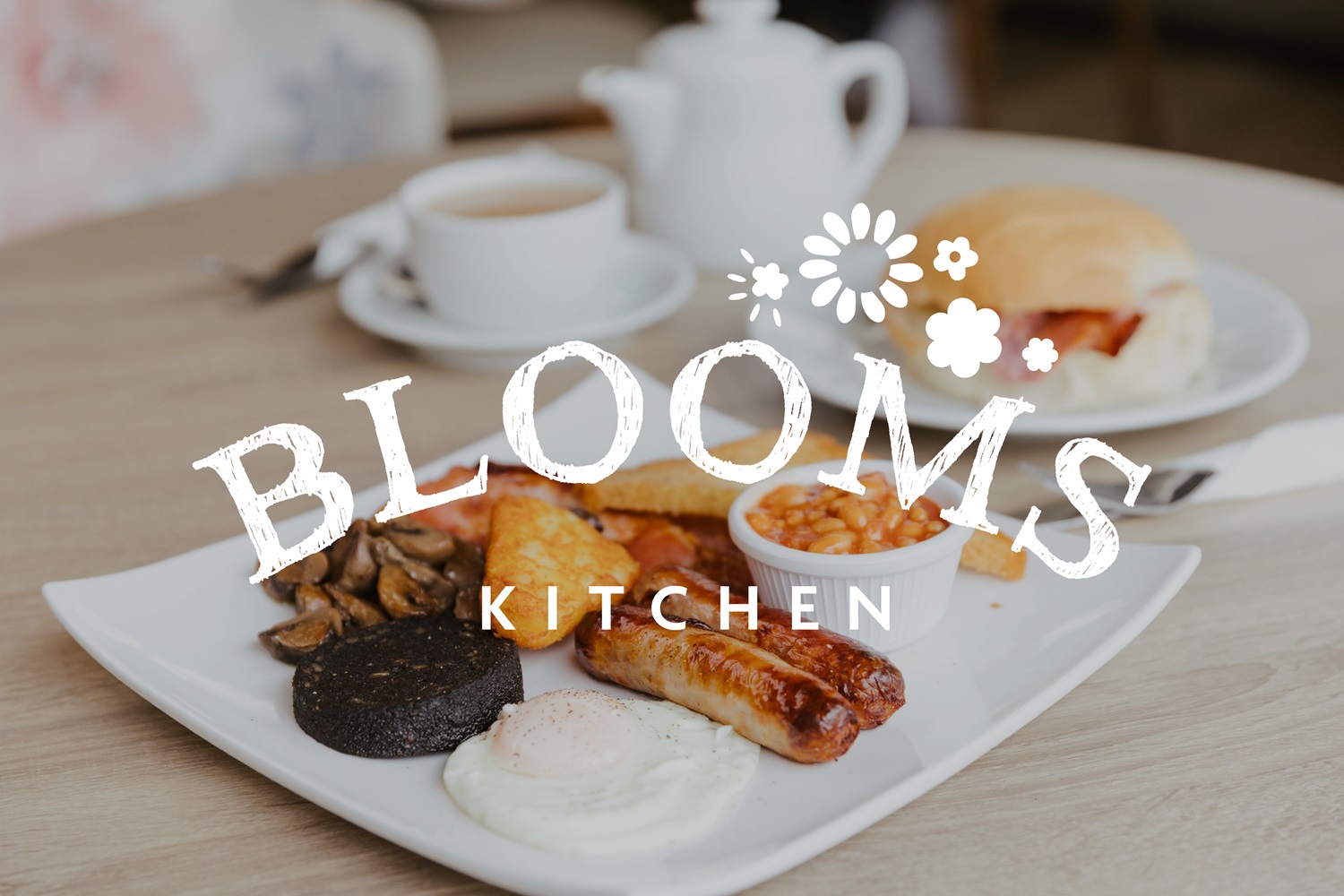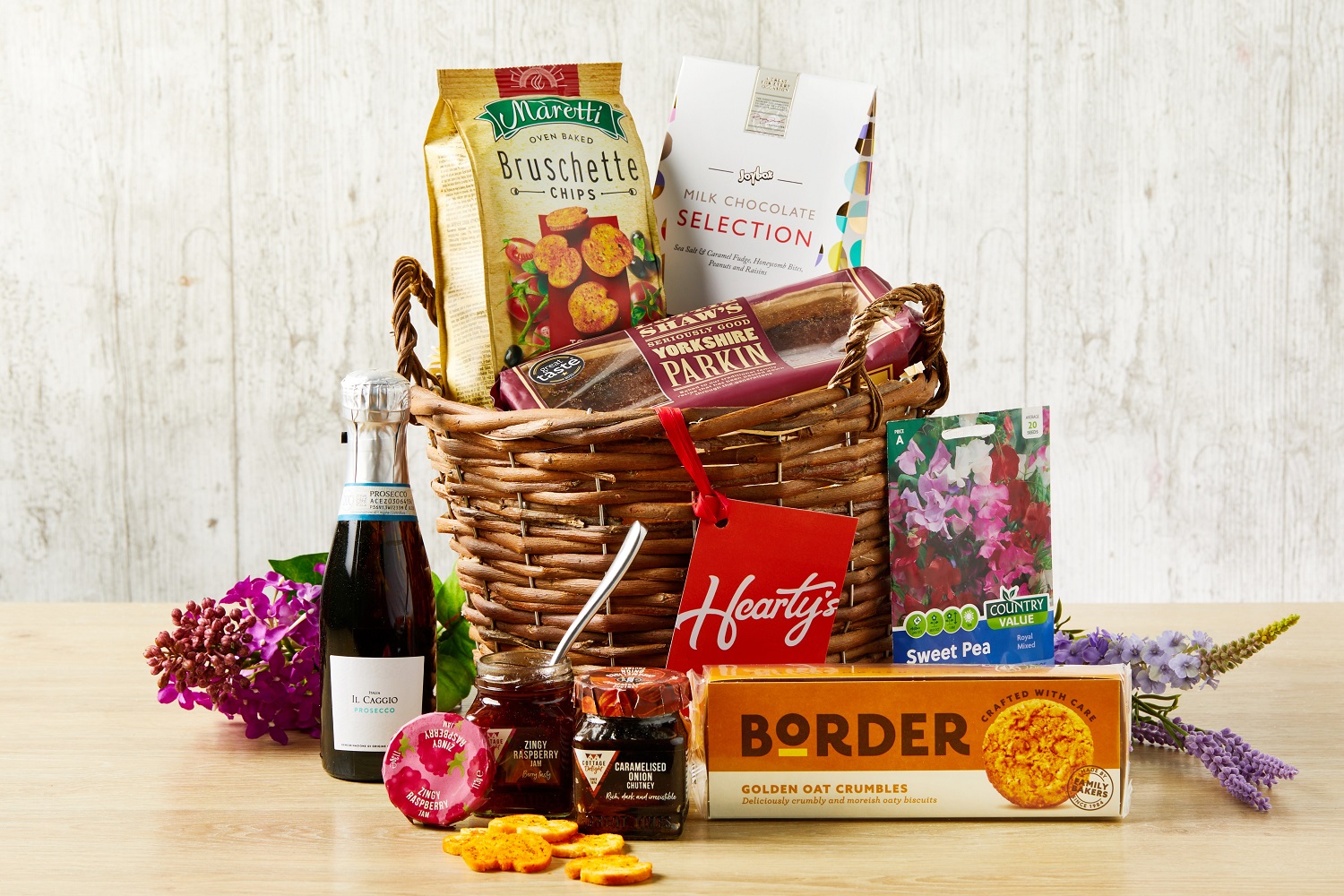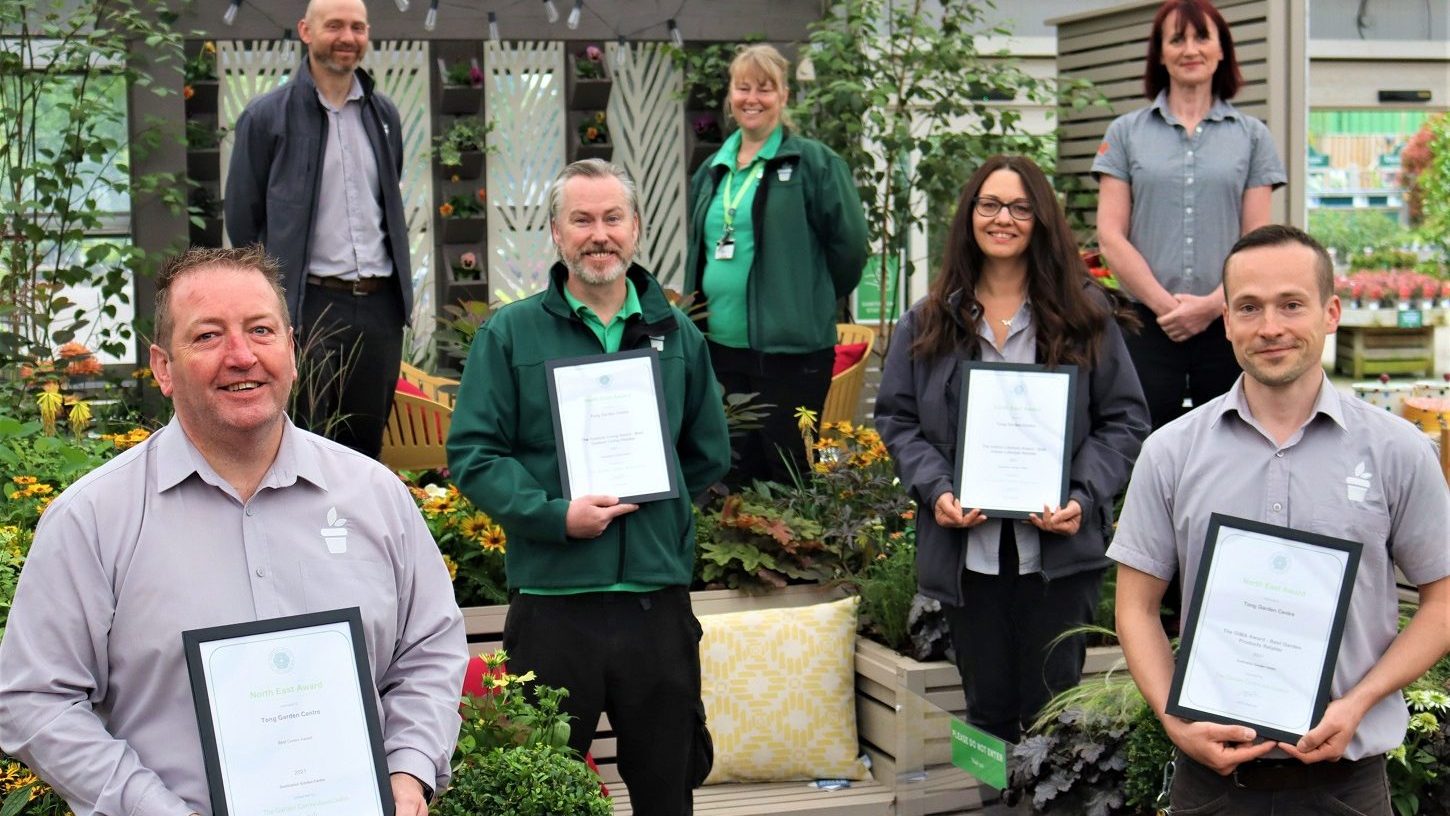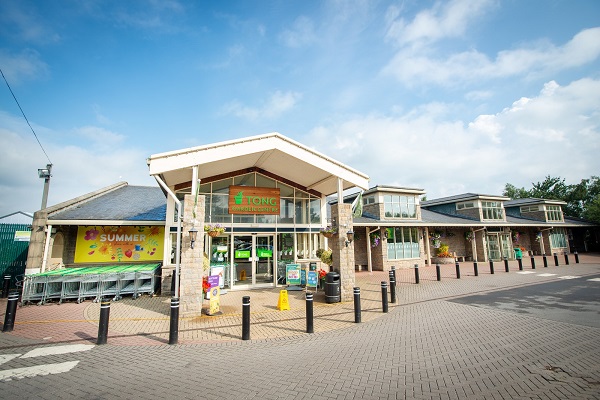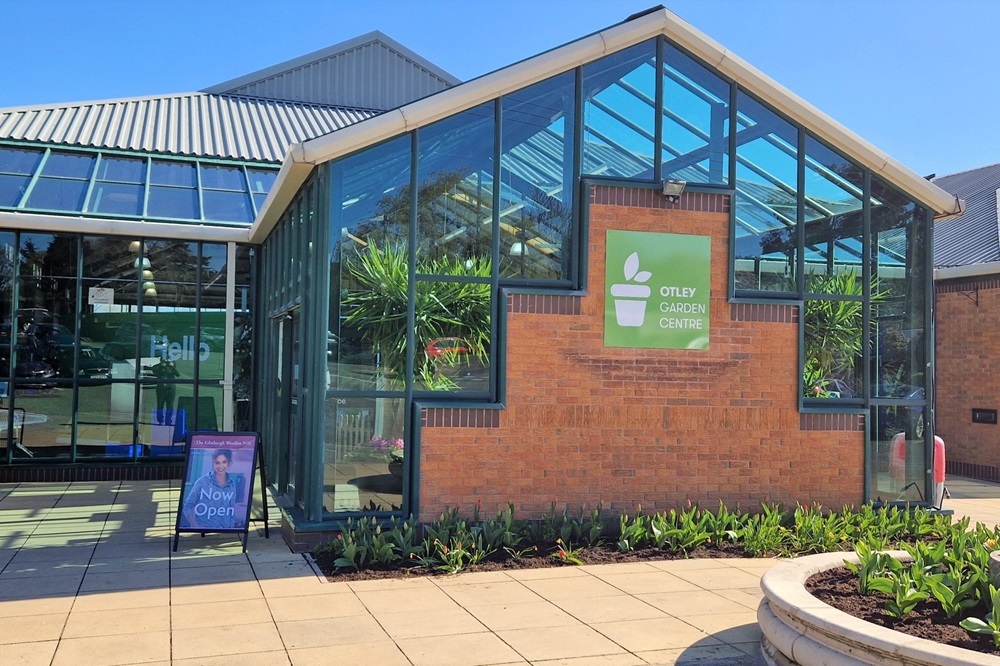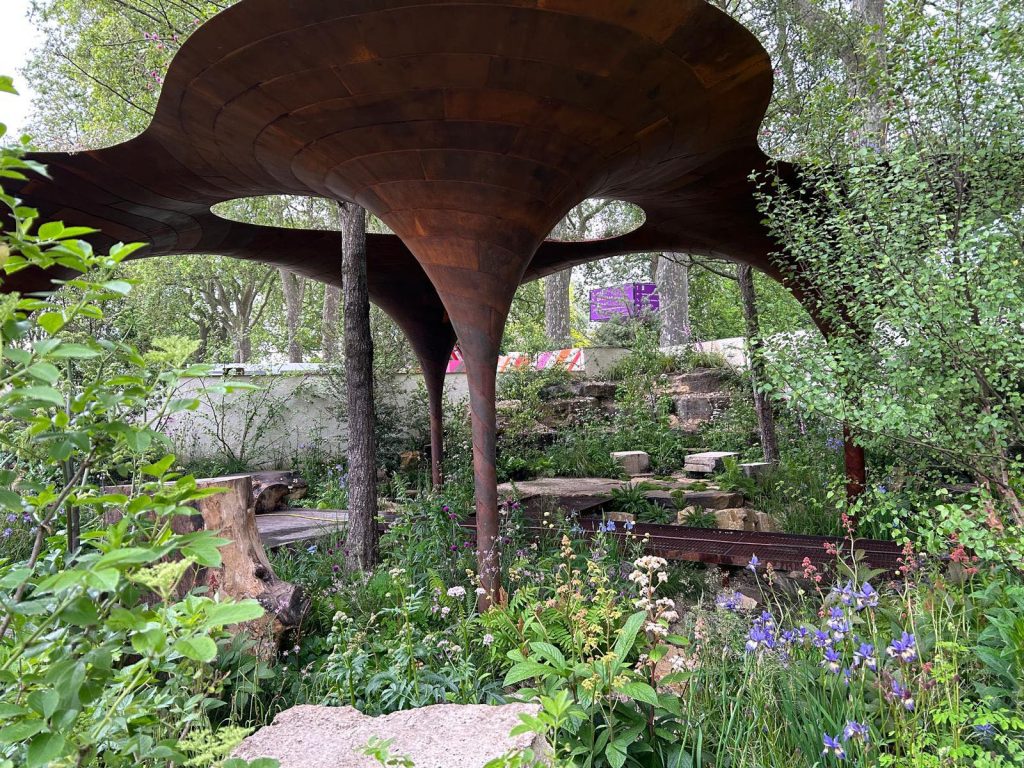
Chelsea Flower Show 2024
Chelsea flower show not only reminds us that happy summer days are pending, it’s a time where gardeners come together to be inspired and share influence and knowledge about the ever changing world of horticulture!
And whether you’re an expert or just an admirer, The Chelsea Flower show provides us with a wealth of inspiration for our green spaces and shows how gardening is a labour of love that not only benefits us, but the planet too!
Each year we eagerly anticipate the reveal of the new show gardens and the purpose behind their displays. This year, we are thrilled to announce our Commercial Plant Manager, Marc Salama, headed down to London and helped with the build and set up of the Tom Massey Water Aid garden – one of our favourite gardens this year if we do say so ourselves! Find out more about our key takeaways from this year’s Chelsea Flower Show as well as what Marc has to say about his time working on the show garden by reading our blog below.
CHELSEA TRENDS TO TRY…
Here are some of the key trends we’ve spotted for you to try in your own space at home this summer!
SUSTAINABLE GARDENING
Eco-friendly practices are at the forefront of this year’s show. Promoting key routines that are beneficial to our garden whilst remaining friendly to our planet. Did you know that creating healthy soil with plenty of organic matter is a key way to save on water in your garden?
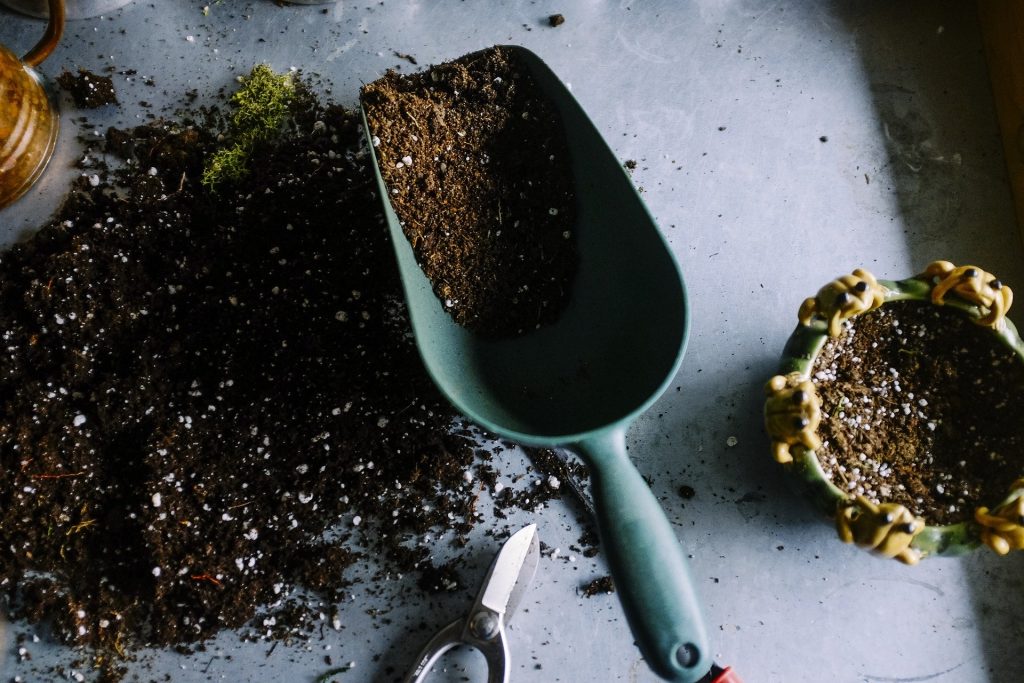
Creating your own compost
Compost bins are a fantastic way to put household waste to good use! Cardboard from packages, peelings from vegetables and even leftover bread and egg shells are great for your compost heap. Once they decompose, they help create a bucket full of great quality compost to be used use in your garden beds, borders and baskets year after year.
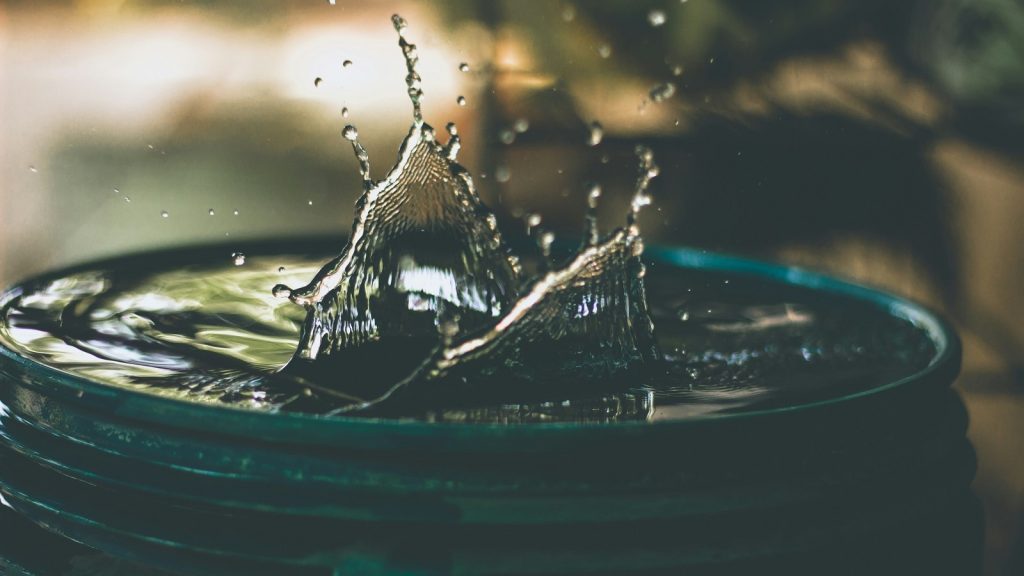
Be more waterwise
Using a water butt in your garden is an excellent way to harvest rainwater, offering both environmental and practical benefits! By capturing rainwater, you reduce reliance on mains water, which conserves this precious resource as well as lowering your water bills. Rainwater is also naturally soft and free from chemicals like chlorine, which is better for your plants and soil.
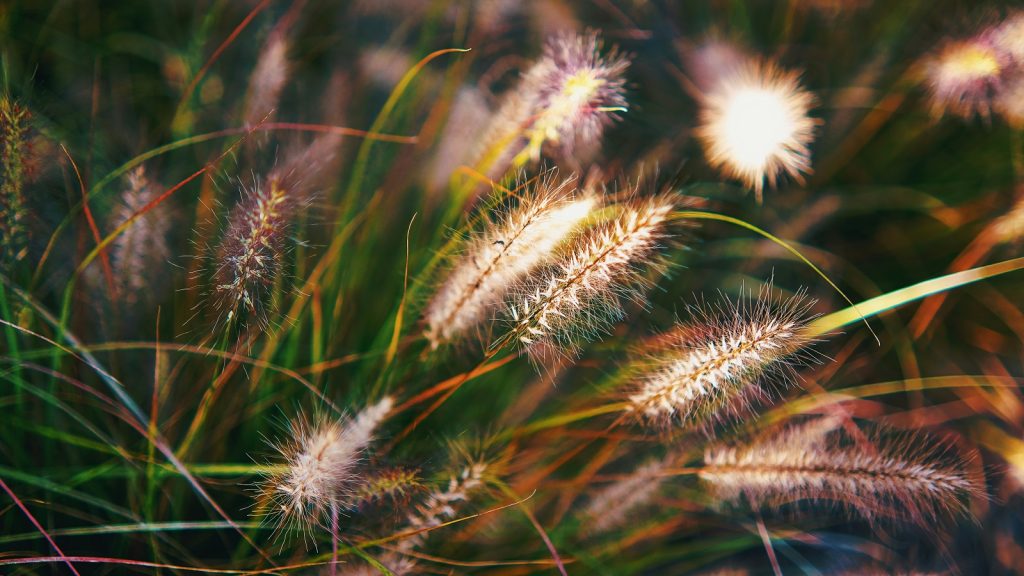
Minimal intervention planting
This method is ideal for gardeners who prefer to sit back in the sunshine and let nature take its course. Simply choose plants that require little upkeep and let them do their thing! Most grasses thrive when undisturbed, as do Black Eyed Susans, Hebe and Coneflowers.
URBAN GREEN SPACES
This year, the show highlights creative solutions for city lovers who wish to incorporate nature into their limited spaces! Even the smallest of spaces can be transformed into a green paradise!
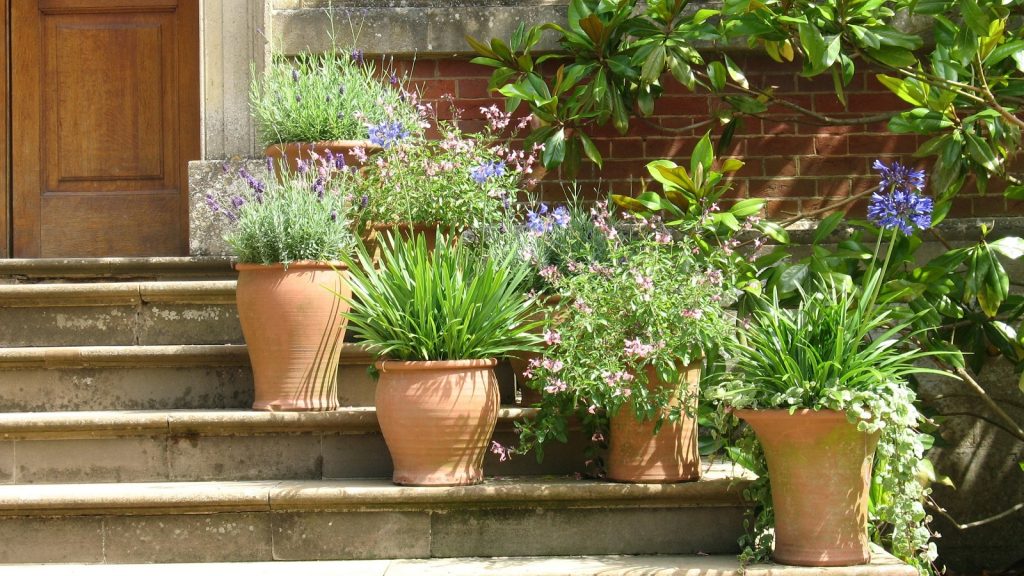
Pretty pots and colourful containers
Don’t’ dwell on a small patio! Simply pick your pot and plant it up – you don’t need to rely on a lawn to add greenery! We think you’ll be surprised at just how many plants enjoy life in a container – Hydrangeas, Rhododendrons, Pieris Japonica and most Japanese maples just to name a few!
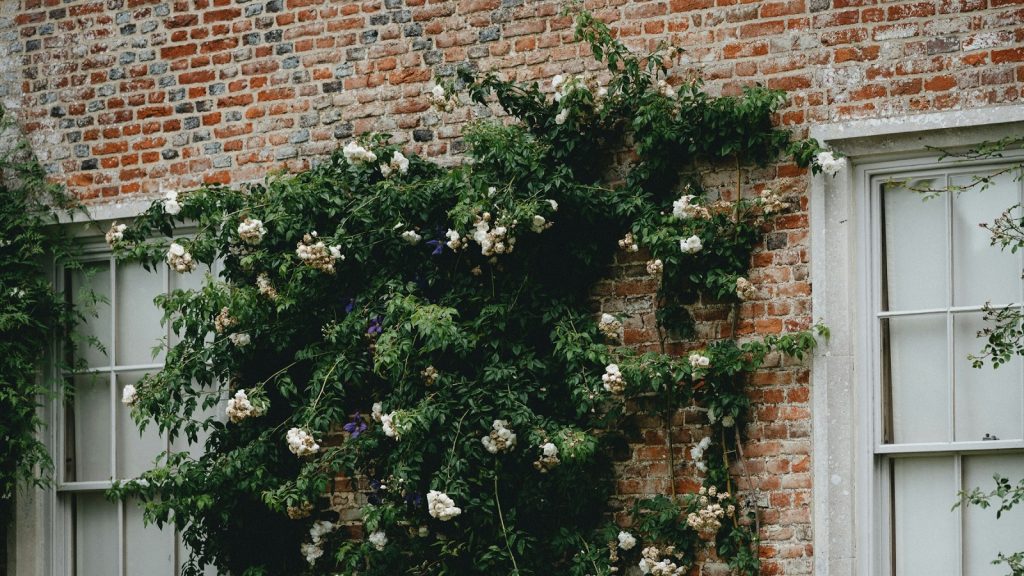
Plant vertically
Up, up and away! Create height, impact and structure with containers and a trellis. Just because you can’t plant outwards doesn’t mean you can’t plant upwards! This is also beneficial in an urban space as it helps screen off unwanted onlookers gives you a little more privacy.
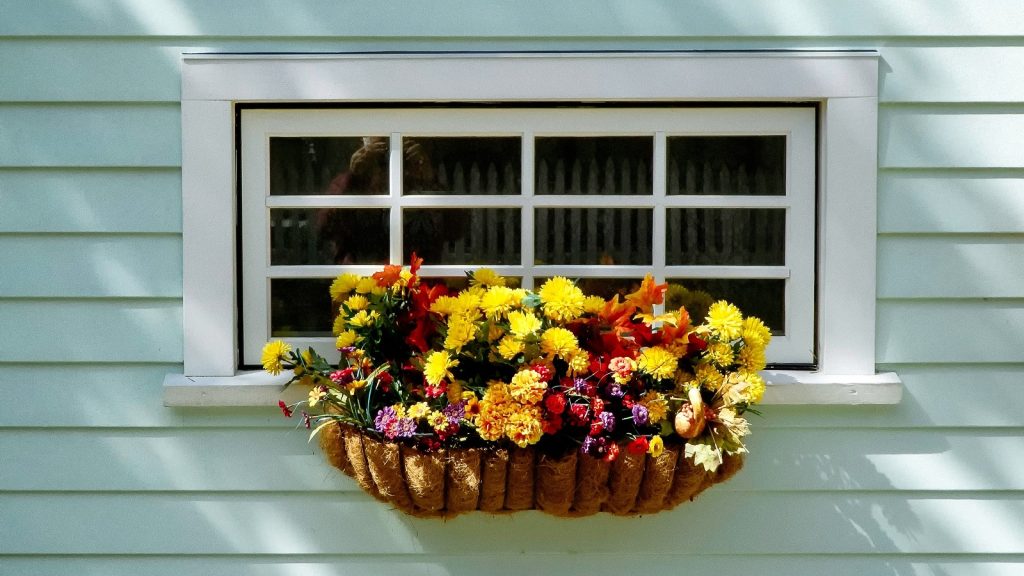
Hanging for happiness
A stunning hanging garden display can make a real impact! Choose plants that trail as well as offer bright, bold colours. We love baskets that stick to a theme. Why not go for hot colours and create a sizzling showstopper or choose whites and silver hues for that cute, Cotswold cottage look!
WELCOMING WILDLIFE
Creating your own wildlife haven is easily achievable as well as being extremely beneficial to our planet. This year Chelsea Flower Show gardens have had a huge focus on the natural world with many presenting ways in which we can persuade wildlife into our spaces. You can easily create a wildlife friendly space by making a few simple changes.
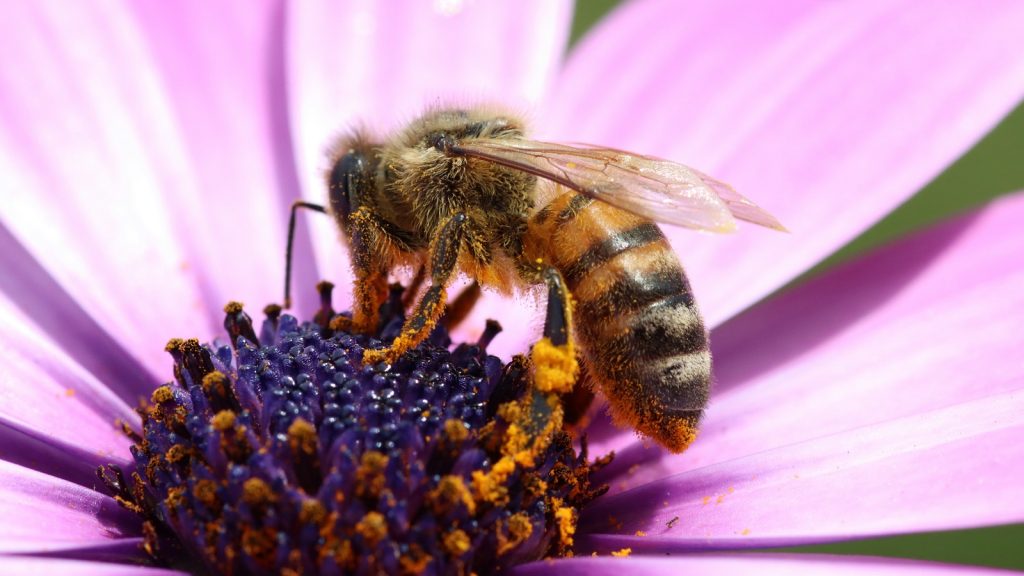
Colours for pollinators
The warmer months bring a wealth of wonderful plants in a riot of colours that help attract various pollinators across the seasons. Purples and blues guarantee a charm of buzzing bees in your garden. We particularly love lavender, chives and nepeta. Reds and oranges attract butterflies of all shapes and colours to your garden, you’ll find clusters of them in your honeysuckle and gaillardia – they find them irresistible!
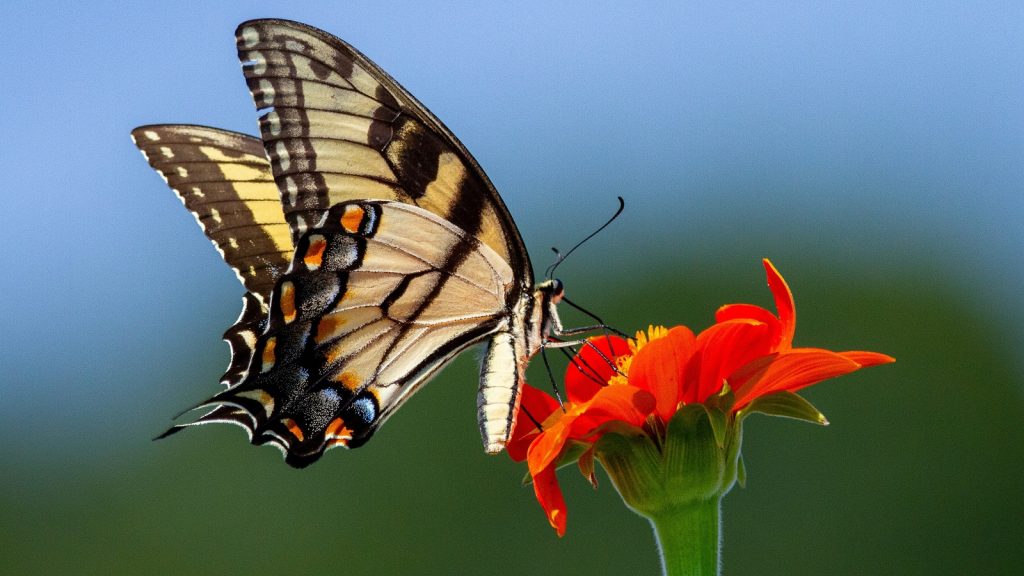
Petal shapes for pollinators
Combined with colour preference, choosing flowers with varying petal shapes also helps to attract a greater range of pollinators to your garden. Open bowl shape petals such as poppies, rock rose, or ranunculi are particularly attractive to our honeybees. Tubular shaped flowers allow those insects with a long proboscis to feed, such as butterflies and moths.
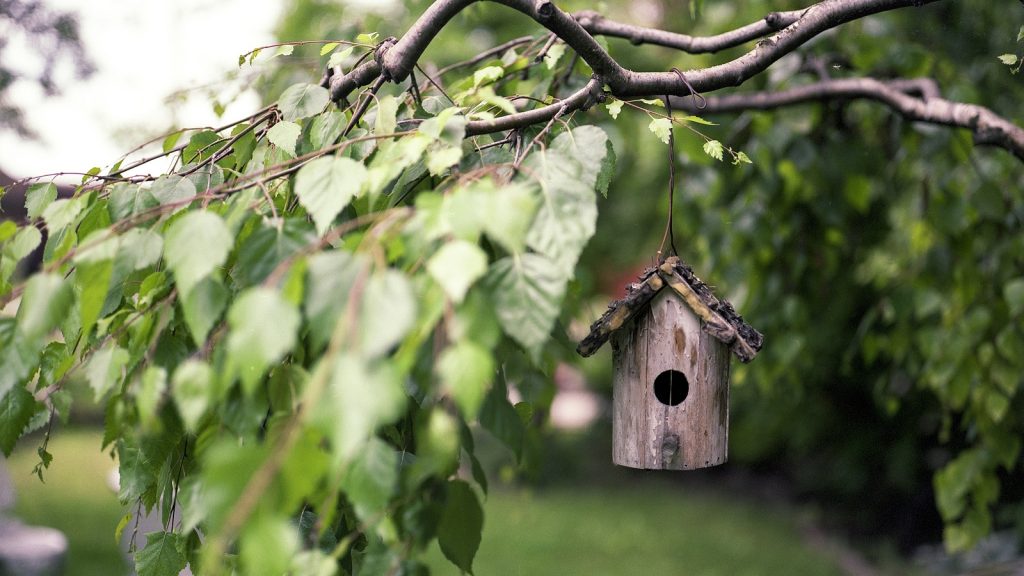
Bird feeders and baths
Whether scattering seeds on a bird table, adding a hanging feeder or a feeding station, wild birds will get to know your garden as a guaranteed food source, and you’ll be rewarded with welcome visits to your space throughout the changing seasons. Not much beats the sweet sound of birdsong on a bright and sunny morning.
CHOOSE DROUGHT TOLERANT PLANTS
As the climate changes, so must our gardens. In recent years, dry spells have become much more common, and with it comes the need to water our gardens more frequently. With even more hosepipe bans expected throughout the hot summer months, choosing to add drought tolerant plants to your garden is a reliable way to minimise wasting a precious resource, saving you pennies and helping you work smarter by adapting to the conditions of your space. Here are some of our favourite drought loving plants you can add to your garden this season!
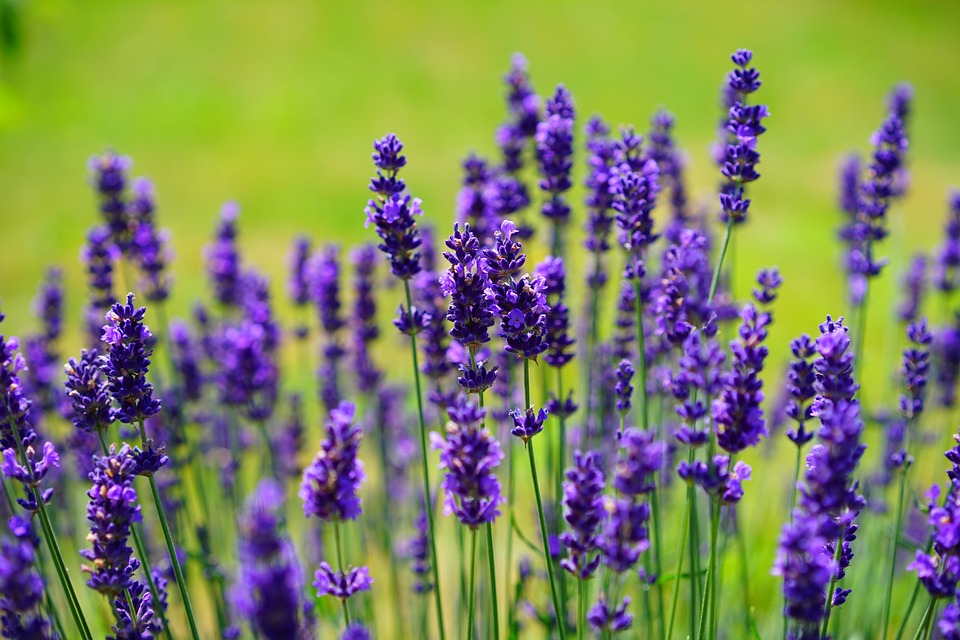
Lavender
Lavender has to be one of our favourite drought tolerant plants! This hardy shrub is able to withstand high temperatures and dry soil conditions whilst still producing beautiful heavily scented flowers.
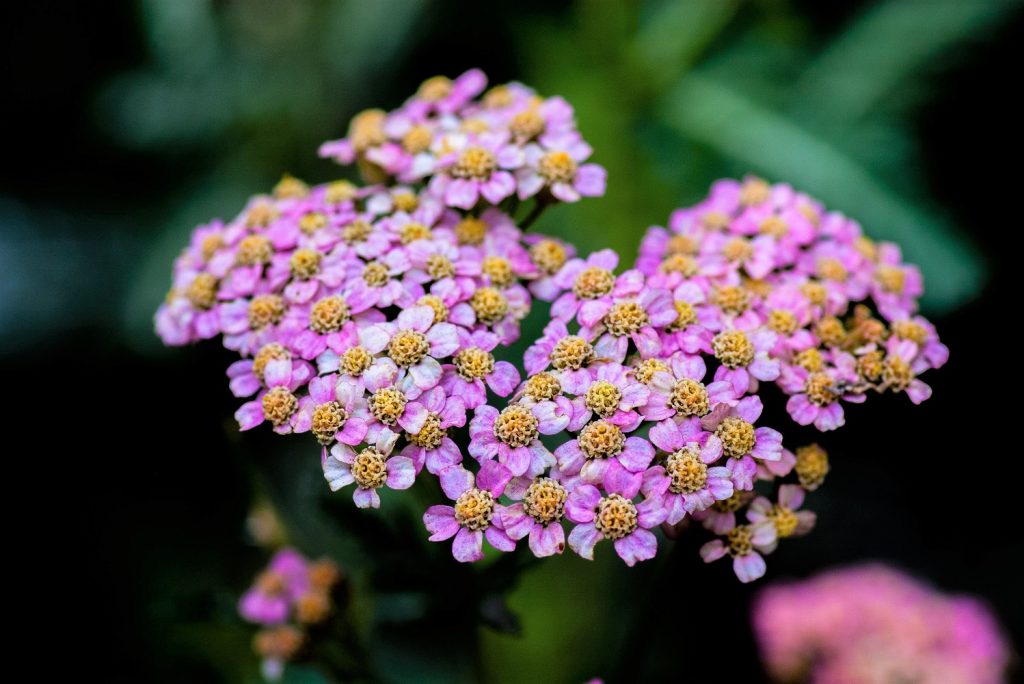
Achillea
Available in an array of colours, Achillea is a beautiful herbaceous plant that will thrive in full sun or semi-shady areas. Be sure not to plant your Achillea in soil that can become waterlogged as they do not like wet conditions.
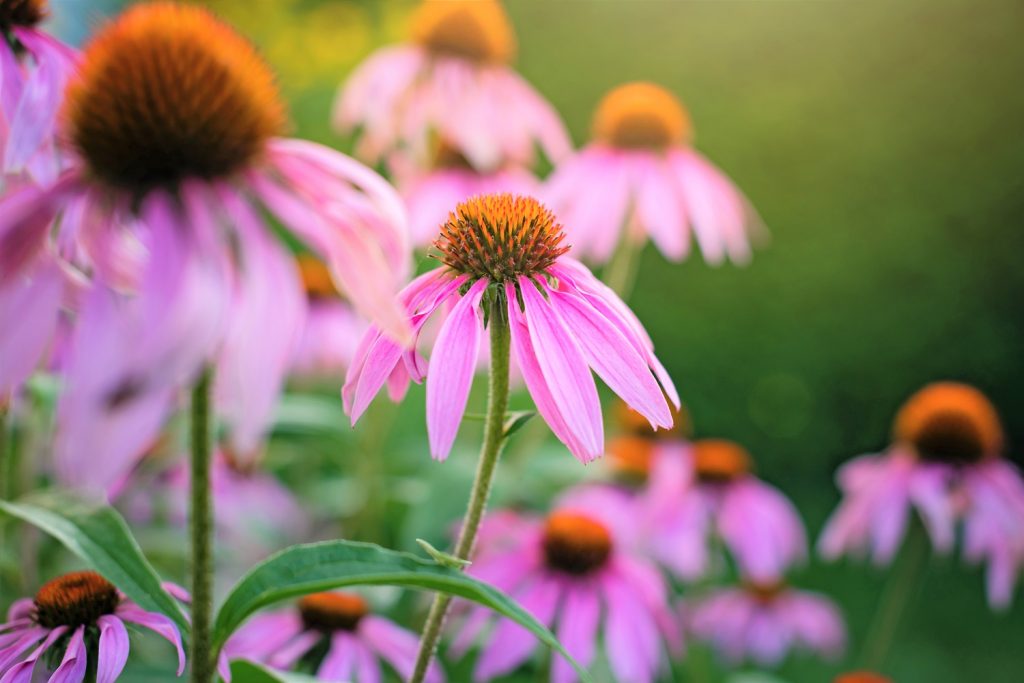
Echinacea
The flowers of the Echinacea are extremely long lasting, flowering from early summer through to Autumn, these beautiful plants are ideal for British gardens that often experience dry spells.
It was a real pleasure to head down to Chelsea and help the team work on the WaterAid Garden this year. To say I am excited to be included in this project is an understatement.
My favourite part of the garden has got to be the timber seat underneath the steel rain harvesting pavilion. What an incredible place this is to sit and enjoy the surrounding garden.
The WaterAid garden delves into the challenges posed by a constantly changing climate. It emphasises sustainable water management and features a wonderful array of plant species designed to deal with varying amounts of rainfall.
My time spent working on this garden has helped me realise just how important it is to offer a vast choice of plants for our customers across Yorkshire Garden Centres.
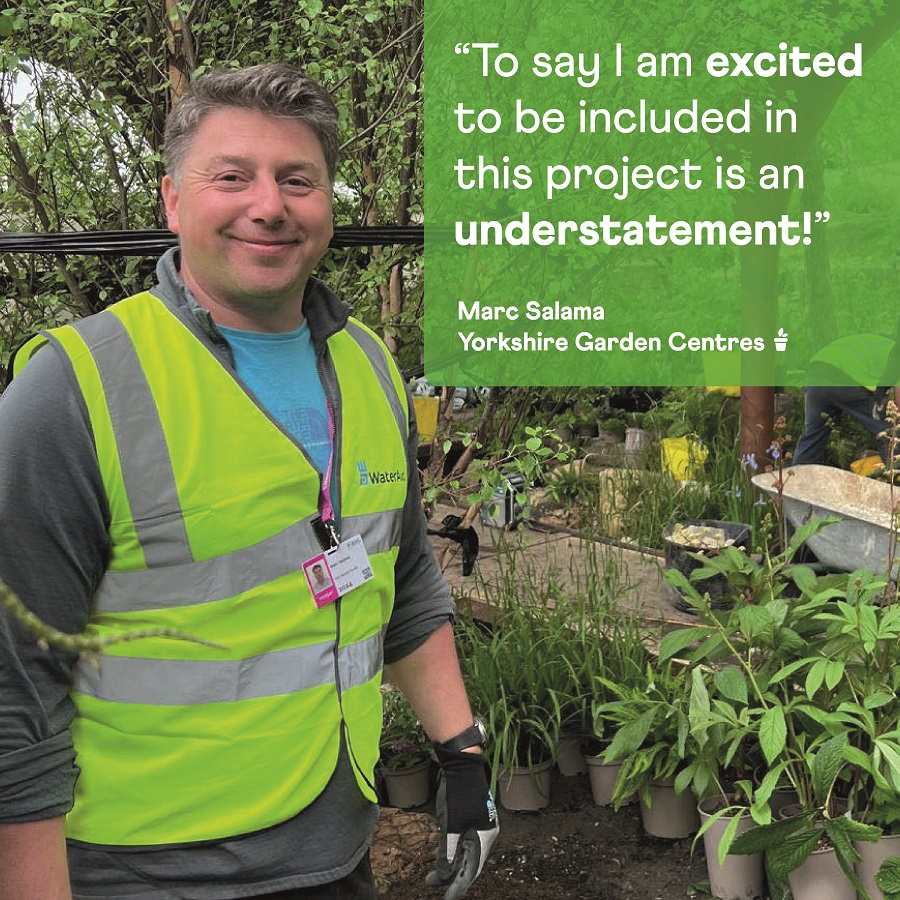
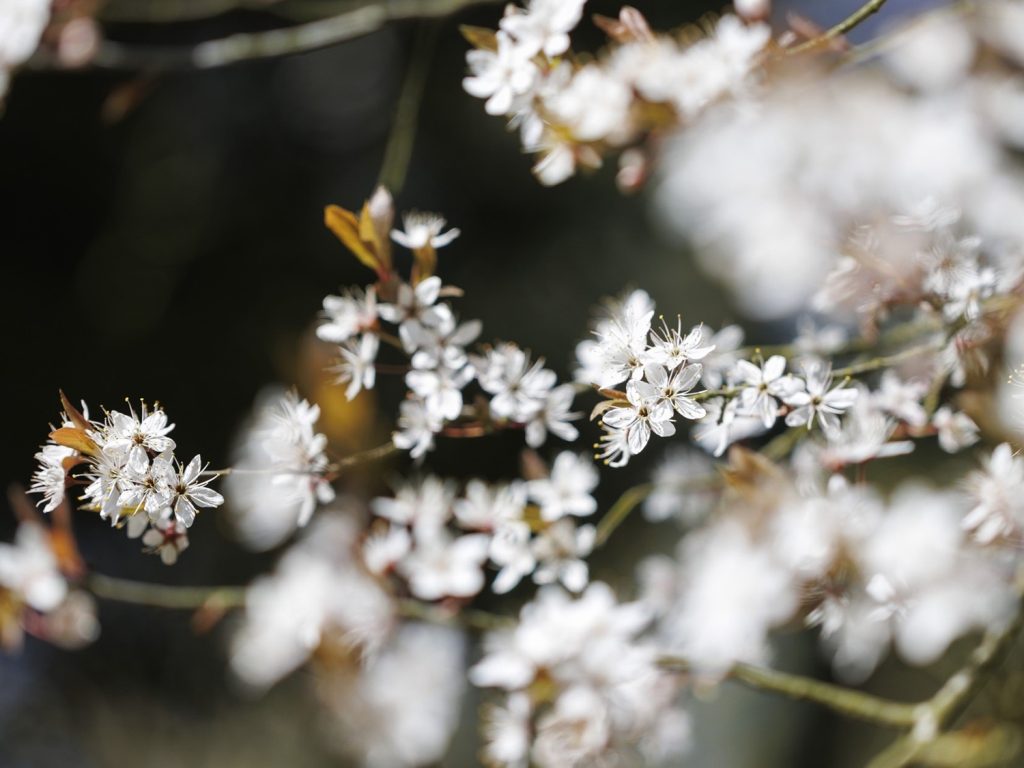
PLANT OF THE YEAR
The winner of the RHS Plant of the Year 2024 is Prunus ‘Starlight’. This pretty plant is a showstopper and we’re here to tell you why!
PLENTY OF REASONS TO PLANT PRUNUS
Ornamental Blossoms: Prunus trees produce stunning, vibrant blossoms in spring.
Wildlife Support: They attract and support birds, bees, and butterflies.
Hardy for UK Weather: Prunus species thrive in the UK’s variable climate.
Click here to read all about last year’s Chelsea plant of the year, the Agapanthus!



